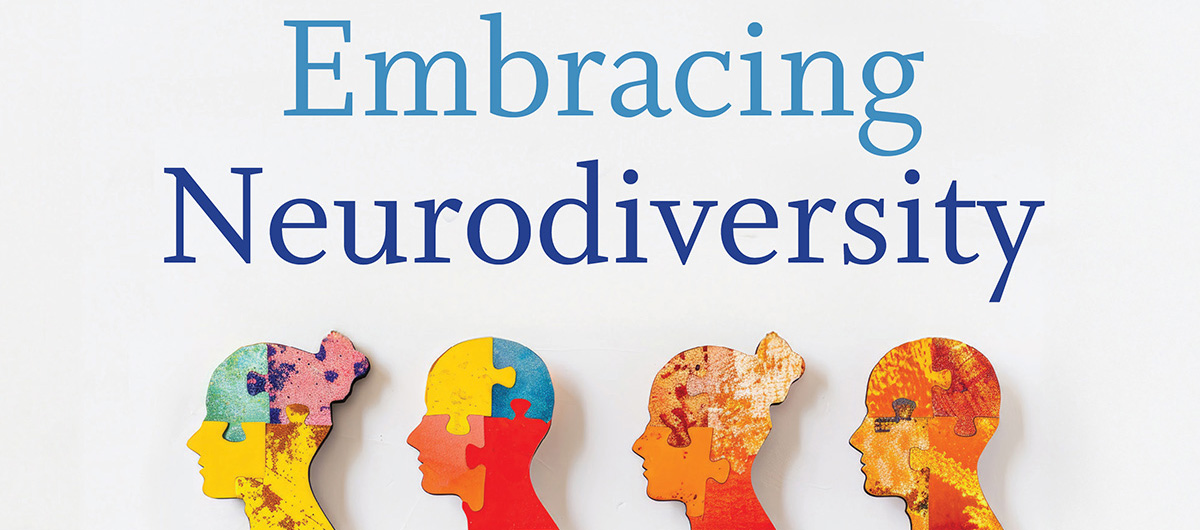Category: Research
-

Bridging the gap in bipolar disorder research
A Dutch study compared 258 bipolar I disorder (BD-I) outpatients with participants from four clinical cohorts and a general population sample. While many characteristics aligned, outpatients were younger, more educated, and had higher comorbidity rates than some cohorts, highlighting potential selection biases in BD research generalisability.
-

Understanding quality of life in bipolar risk
A two-year study of 1,038 individuals at risk for bipolar disorder found significantly lower quality of life (QoL) compared to peers. Psychological QoL improved with risk reduction. Higher baseline functioning and self-management skills predicted better outcomes, highlighting the need for early interventions targeting coping strategies and risk monitoring
-

Bipolar disorder treatment trends
A 24-year study of 8,707 bipolar disorder inpatients in German-speaking countries found declining lithium use (45% to 30%) and rising second-generation antipsychotics (e.g., quetiapine). Antidepressants remained high (≥60%) despite guidelines, and lithium-treated patients received more medications. Findings highlight gaps between clinical practice and evidence-based recommendations.
-

Mixing your styles up
Research shows mixing US-style capitalised headings with UK/Australian spelling in marketing documents creates psychological resistance in readers. Studies indicate inappropriate capitalisation and spelling inconsistencies independently reduce trustworthiness, with combined effects being particularly detrimental to document credibility
-

Re-framing mental health diagnoses
Lee Hopkins explores how the neurodiversity paradigm challenges traditional medical models of mental health conditions. It advocates for a shift towards a more inclusive, humanised approach that recognises cognitive differences as natural variations rather than disorders requiring treatment
-

Book review: ‘Understanding AuDHD’ and ‘Embracing Neurodiversity’
This review explores two essential books: ‘Understanding AuDHD’ delves into the intersection of autism and ADHD, while ‘Embracing Neurodiversity’ provides a comprehensive overview of various neurodevelopmental conditions, advocating for acceptance and practical strategies
